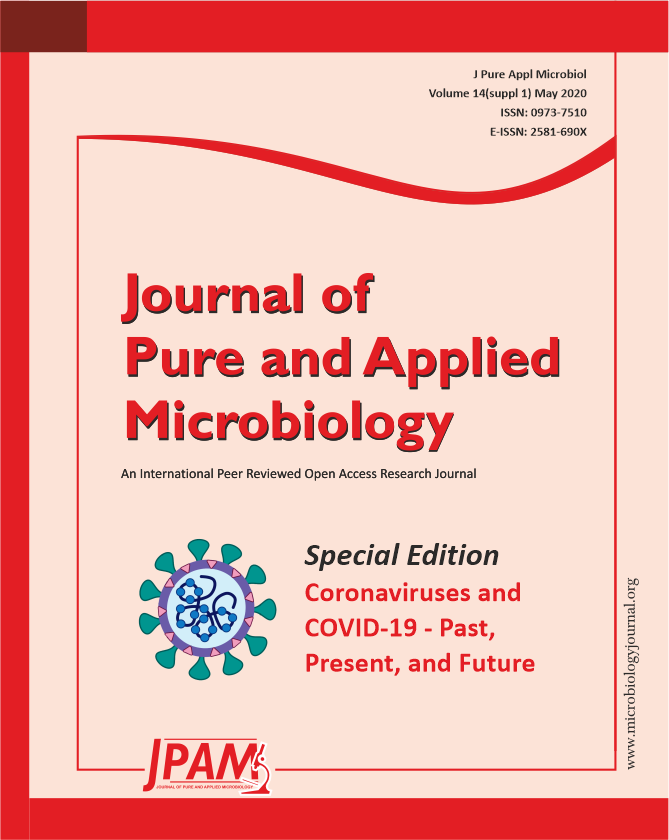‘COVID-19’ the recent virulent viral infection had influenced the lives of millions globally leading to both loss of life, economic and financial crisis. Coronavirus belongs to family coronaviridae with four genus viz. a/b and g-coronavirus, infecting both aves and mammals. The SARS-Cov-2 emerged in Wuhan, China in Dec, 2019 and since then had spread to 213 countries. Its origin is debatable with both natural origin and conspiracy theory providing no conclusive evidences. Coronavirus have ‘+’ive RNA and encodes for 29 proteins, which carries out its life cycle including infection and disease progression. The study of its proteome organization could illustrate the proteins which act as the key molecular players in the infection cycle of the virus. These proteins can also act as important drug targets in combating COVID-19 infection. Majority of the drugs have been formulated in order to act as agonist to spike proteins inhibiting infection by binding to ACE2 receptors. Proteome analysis has also revealed the critical mutated proteins that are responsible for COVID-19 pathogenesis and virulence. mRNA based vaccines (mRNA-1273, BNT162) also targets these spike proteins. Although DNA vaccine has also been attempted using RDT, but the high rate of mutation associated with COVID-19 have made such vaccines ineffective even before use. Thus evolutionarily conserved proteins have been the best candidature for vaccine development. Similarly phylogenetic analysis of its proteins could help us to understand the evolutionary pattern of COVID-19. It could be used to develop a predictable model for such pathogenic infections, preparing ourselves to take preventive action against its reoccurrence.
COVID-19, Coronavirus, phylogenetic analysis, mRNA-1273, BNT162, ACE2 receptors, CHAdOx1 vaccine
© The Author(s) 2020. Open Access. This article is distributed under the terms of the Creative Commons Attribution 4.0 International License which permits unrestricted use, sharing, distribution, and reproduction in any medium, provided you give appropriate credit to the original author(s) and the source, provide a link to the Creative Commons license, and indicate if changes were made.


